🤖 Tech Talk: Is AI responsible for TCS cutting 20,000 jobs?
Plus: U.S. vs China in an AI race: Whose strategy will prevail, and where does India stand?; AI tool of the week: How to turn blog posts to social media carousels; and more...
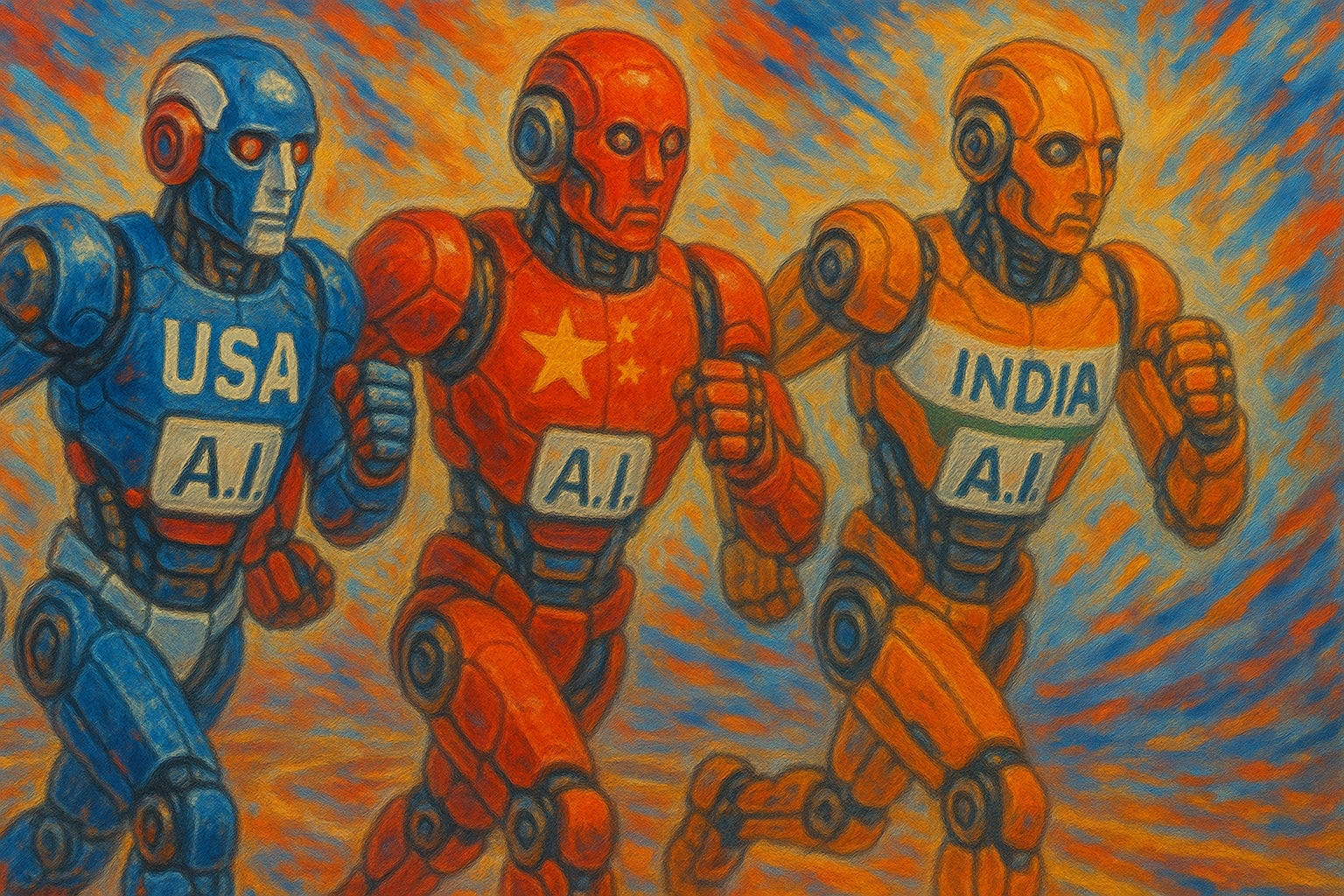
Dear reader,
The US and China are undoubtedly the two dominant players in the global artificial intelligence (AI) race. However, with China aspiring to become the world's AI superpower, the US has introduced a new 'AI Action Plan' that focuses on innovation, infrastructure, international diplomacy and security, and preparing the workforce for an AI-driven future with "American workers" becoming "central to the Trump Administration’s AI policy".
The US acknowledges that it is "in a race to achieve global dominance" in AI. "Whoever has the largest AI ecosystem will set global AI standards and reap broad economic and military benefits. Just like we won the space race, it is imperative that the United States and its allies win this race..," the document reasons.
Dismantling outdated regulations is part of the plan, and so is revising the National Institute of Standards and Technology (NIST) AI Risk Management Framework to “eliminate references to misinformation, Diversity, Equity, and Inclusion, and climate change", and encourage open-source and open-weight models.
Open source implies that the underlying code of the AI model is freely available for anyone to view, modify, and use. This helps developers to understand how the model works, adapt it to their needs, and contribute improvements back to the community. Open weight, on the other hand, means a trained version of the model (file that lets the AI function) is available for use but you may not be able to see or change how it was built.The plan also pushes for AI literacy, retraining displaced workers, and aligning education with AI skill needs. Federal agencies will fund AI skill development across career and technical education programmes, with tax incentives encouraging employer-supported training.
The AI Action Plan also notes that to stay ahead in AI, while states should have the right to pass reasonable laws, the US federal government should avoid sending AI-related funds to states that impose overly strict rules that could waste resources or stifle innovation.
The AI Plan also underscores that America must "aggressively adopt AI within its Armed Forces if it is to maintain its global military pre-eminence while also ensuring… that its use of AI is secure and reliable".
How China is raising the stakes in the AI race
To be sure, the US continues to lead in foundational AI-related research, cutting-edge large language models, and private-sector innovation. According to Stanford's AI Index 2025, China produced more AI publications (23.2%) and citations (22.6%) than any other country in 2023. But over the past three years, US institutions contributed the most top-100-cited AI publications.
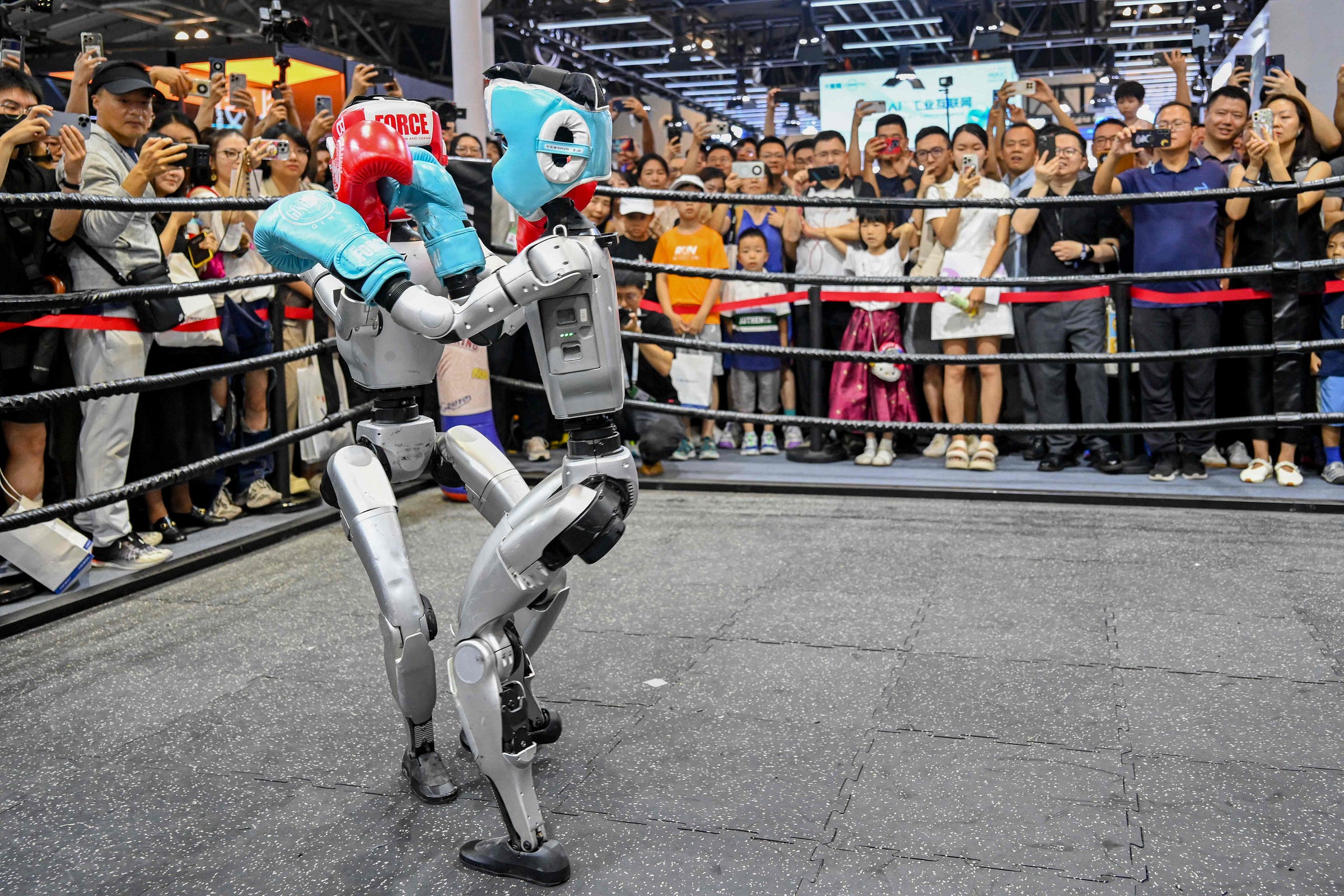
Companies like OpenAI, Google DeepMind, Meta, and Anthropic are at the forefront of global AI breakthroughs, supported by a vibrant academic ecosystem and top-tier universities that attract global talent.
In contrast, China excels in rapid deployment and applied AI, particularly in areas like facial recognition, smart city infrastructure, and surveillance technologies. Its tech giants—Baidu, Alibaba, Tencent, and Huawei—have embedded AI deeply into consumer and government services, though they still trail the US in frontier model development.
The US, for instance, continues to be the leading source of notable AI models, as per the AI Index 2025. In 2024, US-based institutions produced 40 notable AI models, significantly surpassing China’s 15 and Europe’s combined total of three. In the past decade, more notable machine learning models have originated from the US than any other country.
That said, as the AI world anticipates the launch of OpenAI’s GPT-5, a wave of open source and open weight models from Chinese companies—from Qwen (Alibaba) and Kimi (Moonshot AI, backed by Alibaba) to DeepSeek (hedge fund, High-Flyer), Manus (Monica), MiniMax-M1 (MiniMax AI), and GLM-4.5 (Z.ai)—is rapidly closing the performance gap with frontier systems and putting competitive pressure on the global AI landscape.
Z.ai (formerly Zhipu) is the latest to make waves with the release of GLM-4.5, an open-source, agentic AI model family. The new model undercuts DeepSeek on price while approaching the performance of top-tier systems in reasoning, coding, and autonomous tasks.
China, according to analyst Grace Shao, is adopting an application-first approach to AI, focusing on rapid deployment rather than perfecting frontier models like Silicon Valley. This mindset prioritizes capturing market share early—just as platforms like WeChat and Douyin did before having clear monetization plans.
By releasing model weights early, Chinese labs attract developers and distributors, making it harder for users to switch once they're locked in, Shao points out.
Entrepreneurs use these open models as building blocks. Shao cites the example of the electric vehicle sector, where more than 20 automakers—including BYD, Geely, and Great Wall Motors—have integrated DeepSeek to power smart assistants and autonomous driving features.
In healthcare, nearly 100 hospitals reportedly use DeepSeek for imaging and diagnostics. Each integration deepens user reliance, shifting profits to the services layered on top and reinforcing the ecosystem around the model.
Government strategy also sets the two countries apart.
Unlike the US, China adopts a highly centralized, state-driven strategy with mandates, large-scale public funding, and an explicit goal to become the world’s AI leader by 2030.
On infrastructure and data, the US benefits from advanced cloud platforms and robust private investment, though its data environment is constrained by privacy laws and fragmented systems.
China, meanwhile, capitalizes on centralized data collection and fewer privacy restrictions, giving it a potential edge in training certain AI systems.
Talent is another critical battleground. While the US remains a magnet for global AI talent, restrictive immigration policies can be a bottleneck. China has made massive investments in building its domestic AI workforce, but still struggles to match the US in top-tier academic output and elite talent retention.
Where does India stand?
India is rapidly emerging as a key player in the global AI ecosystem and is seeing strong growth in both its AI workforce and how widely AI is being used. However, it currently trails in areas like private investments, patent output, research paper citations, and the creation of globally recognized AI models.
In 2024, India became the second-largest contributor to AI-related GitHub projects, signalling its growing influence in the open-source AI community—a key driver of global innovation.
The AI workforce, too, is shifting in India’s favour. The country saw the highest year-on-year growth in AI hiring at 33.4%, followed by Brazil (30.8%) and Saudi Arabia (28.7%). Over a longer term, from 2015 to 2024, India ranked second globally in AI skill penetration, with a score of 2.5, just behind the US (2.6), implying that AI skills among professionals in India are more than twice as concentrated as the global average.
However, the Stanford report cautions that LinkedIn-based hiring data may underrepresent countries like India, where platform usage varies and does not cover the full labour force.
You may read the report here: India’s AI global profile is rising, but gaps remain, finds Stanford’s AI Index report.
Also read:
Why are Indian IT firms cutting jobs—and is AI the culprit?
India's largest IT services provider, Tata Consultancy Services (TCS), recently announced the layoffs of 12,000 employees, or about 2% of its workforce. As of 30 June, TCS’ workforce stood at 6,13,069.
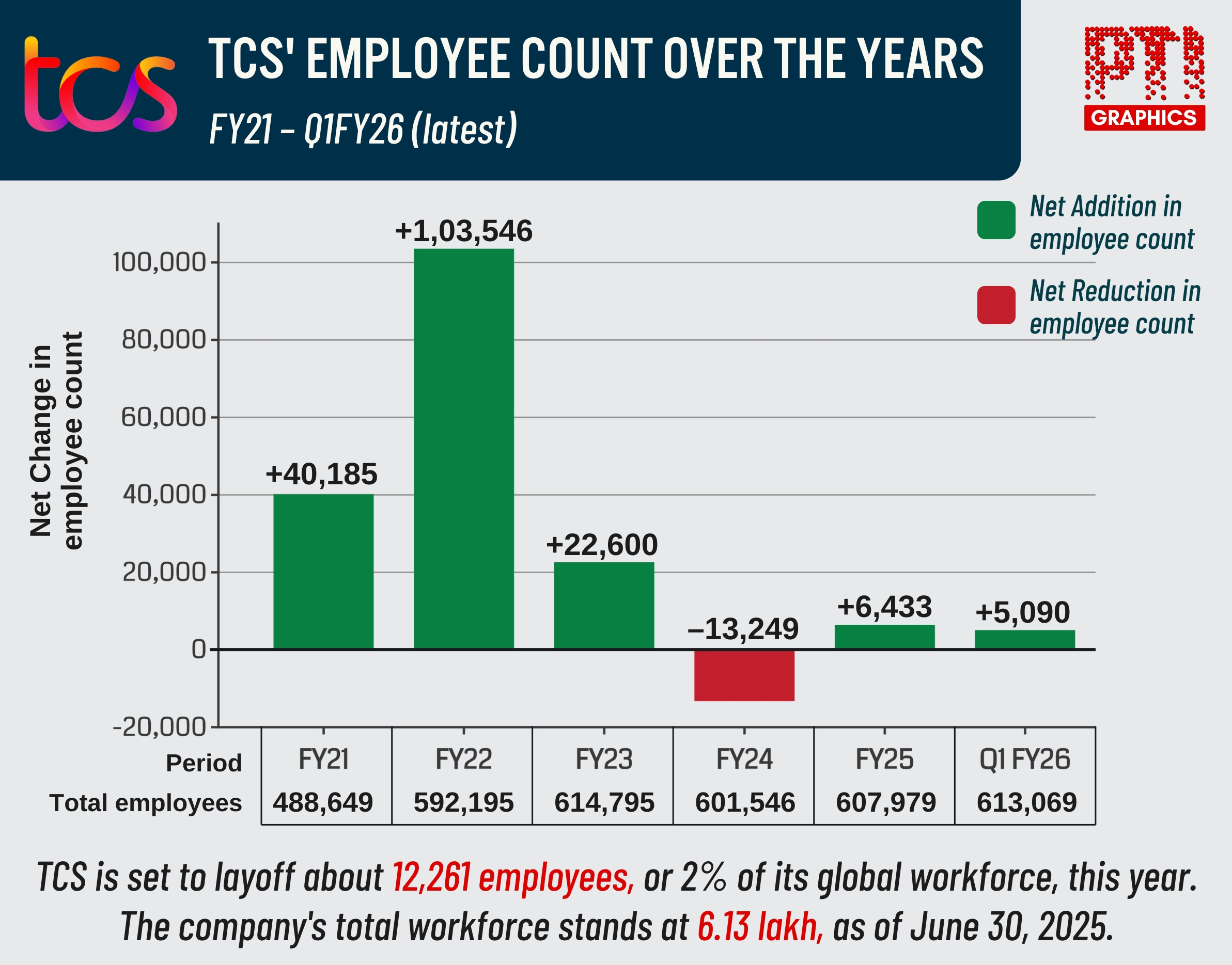
TCS said in a statement that the layoffs are part of its broader strategy to become a "future-ready organisation", focusing on investments in technology, AI deployment, market expansion, and workforce realignment.
But to what extent is AI responsible for the retrenchments?
When tech giants like Microsoft, Google, Amazon, IBM, and Meta began cutting hundreds despite strong profits, we asked the same question. The short answer: While the cuts are often attributed to AI and automation, forces like pandemic overhiring, shifting strategies, and investor pressure to cut costs are also at play.
Hence, as companies rebrand restructuring as AI-led transformation, the true drivers behind these job cuts warrant closer scrutiny.
The World Economic Forum (WEF)’s Future of Jobs 2025 report predicts 170 million new jobs this decade, but 92 million will be lost. One in four jobs globally is exposed to generative AI (GenAI), reveals a May 20 study by the International Labour Organization and Poland’s National Research Institute.
Tech company CEOs and experts echo these predictions. Anthropic CEO Dario Amodei warns AI could halve entry-level, white-collar jobs and push unemployment to 20% within five years. Geoffrey Hinton echoes the risk of mass white-collar job losses. Microsoft CEO Satya Nadella links layoffs to AI-focused restructuring, while Alphabet CEO Sundar Pichai cites a push for efficiency.
Amazon CEO Andy Jassy says AI agents will reduce some roles. InMobi CEO Naveen Tewari predicts 80% of coding will be automated by 2025. OpenAI’s Kevin Weil and Zerodha CTO Kailash Nadh believe junior developers face the greatest risk. Nvidia CEO Jensen Huang believes AI will shift, not erase, jobs—but questions coding’s future for kids.
Here are 10 reasons why AI is not fully responsible for Indian IT firms cutting jobs.
1. Weak global demand: Major clients in the US and Europe, especially in the banking, retail, and tech sectors, have reduced IT spending due to inflation, recession fears, and geopolitical uncertainties. This has led to slower deal conversions, project deferrals, and lower revenue growth for Indian firms.
2. Overhiring during the pandemic: Between 2020 and 2022, IT firms bulk-hired anticipating sustained digital transformation demand. As growth normalized post-covid, firms found themselves overstaffed, prompting workforce rationalization.
3. AI and automation: With the rise of generative AI and automation, companies are restructuring roles—especially in mid-level coding, testing, and support—that are now increasingly being handled by tools or AI agents.
4. Margin pressure: Clients are demanding cost optimization. To protect margins, companies are cutting costs, including through layoffs.
5. Shift to high-skill, niche roles: Demand is rising for roles in cloud, cybersecurity, data science, and AI—but those with legacy skills are more vulnerable to layoffs unless upskilled.
6. Restructuring and consolidation: Some firms are realigning business units or merging verticals to streamline operations, which often leads to redundancies.
7. Application Development and Maintenance (ADM) has plateaued: For over a decade, the ADM share of revenue in most top Indian IT firms (TCS, Infosys, Wipro, HCL) remained in the 30-40% range, suggesting that ADM is now commoditized—mature, price-sensitive, and no longer growing rapidly.
Clients are shifting focus from large-scale custom application builds to modular, software-as-a-service (SaaS)-based, or low-code platforms, shrinking the traditional ADM pie. Automation and AI have significantly reduced the need for manual maintenance, impacting headcount-intensive projects.
Hence, even as ADM becomes more efficient through AI, it's becoming less profitable—or at best margin-neutral. This reinforces the pressure to cut costs, including headcount.
8. Global capability centers (GCCs) are increasingly in control: Nearly 2,000 GCCs operate in India today, set up by Fortune 500 companies across BFSI, retail, pharma, and tech. These GCCs are no longer just cost-saving back offices. They now lead core R&D, digital innovation, AI, and cloud initiatives—the very work IT services companies used to do. GCCs give global firms direct control over talent, intellectual property (IP), and timelines—often bypassing traditional vendors. Many mid-level IT jobs are shifting in-house to GCCs, leading to lower deal flow for service providers. Even when outsourcing, GCCs exert greater pricing and delivery pressure, reducing margins and increasing the risk of benching or layoffs.
9. Need to invest in AI: Accenture too announced it is going to cut 19,000 jobs over the next 18 months. But it has invested more than $3 billion in AI and data capabilities, partnered with OpenAI, and built industry-specific AI accelerators. It’s using AI internally to automate delivery, but also monetizing it externally through IP and platforms.
Accenture’s blended global delivery model helps it scale up or down efficiently, with fewer "bench" issues than Indian IT firms. Its diversified geographic exposure also helps weather regional demand shocks better.
Likewise, Deloitte has invested $3 billion while EY has pumped in about $1.4 billion. TCS and Cognizant, too, have reportedly invested upwards of $1 billion in AI.
10. Must move up the value chain: It's critical to build strategic consulting and transformation capabilities, not just delivery. Creating repeatable or templated solutions in verticals like healthcare, finance, manufacturing also helps.
Another strategy hinges around building C-suite relationships and not just CIO connections. Also, companies need to reinvest savings from automation into innovation and not just use it for margin preservation.
AI Unlocked
by AI&Beyond, with Jaspreet Bindra and Anuj Magazine
Here’s what we unlocked this week: Turning blog posts to social media carousels with Claude + Canva integration
What problem does it solve?
Content creators struggle to repurpose long-form blog posts into engaging, platform-specific visuals for social media, a time-consuming process requiring design skills.
Manually summarizing key points and creating branded carousels for Instagram or LinkedIn often results in inconsistent branding, high effort, and delayed schedules. Non-designers find producing professional visuals challenging, while designers face repetitive tasks diverting focus from strategic work.
The new Claude-Canva integration solves this by automating summarization and design, enabling quick, on-brand carousel creation, saving time, and ensuring consistency.
What is Claude-Canva integration?
This new integration, powered by Anthropic’s Model Context Protocol (MCP), combines Claude’s AI-driven text processing with Canva’s design platform, allowing users to create branded visuals via natural language prompts in Claude’s interface.
How to access: https://www.canva.com and https://www.anthropic.com
Claude-Canva integration can help you:
- Repurpose content: Transform blog posts into multi-slide carousels for social media.
- Automate design: Create branded visuals using natural language prompts.
- Streamline workflows: Summarize and design within Claude’s interface, no app-switching needed.
Example:
A startup founder posts weekly AI insights on LinkedIn but struggles with visuals. Their text-heavy posts get low engagement due to lack of design skills. Using Claude-Canva, they can turn a thought-leadership blog into a LinkedIn carousel.
Steps to set up and use
- Subscribe: Sign up for Claude Pro at anthropic.com and Canva Pro at canva.com.
- Enable Connector: Log into Claude, go to Settings > Connectors, select Canva, and click “Connect” to authenticate.
- Link Canva: Follow prompts to log into Canva and allow Claude access to your workspace.
- Input blog: Paste your 800-word blog into Claude’s chat interface.
- Prompt Claude: Use “Summarize my blog into a 5-slide LinkedIn carousel with Roboto font, purple accents (#800080), and a chart of key stats.”
- Refine and share: Review the generated carousel in Canva, make minor edits if needed, and export as PNG or share directly.
What makes Claude-Canva special?
- Conversational design: Claude’s natural language interface lets anyone create visuals with simple prompts, no design expertise required.
- Scalable innovation: Built on open-source Model Context Protocol, it supports future integrations, evolving with user needs.
- Smart summarization: Claude intelligently distils complex content into concise, visually-ready formats, saving hours of manual work.
Note: The tools and analysis featured in this section demonstrated clear value based on our internal testing. Our recommendations are entirely independent and not influenced by the tool creators.
Also read:
You may also want to read
Amazon's AI coding revealed a dirty little secret
Runway unveils Aleph, a new AI model that edits and transforms videos
Boxing, Backflipping Robots Rule at China’s Biggest AI Summit
Humanoid robots embodiment of China's AI ambition
AI has entered the chat and the creator economy may pay
Hope you folks have a great weekend, and your feedback will be much appreciated — just reply to this mail, and I’ll respond.
Edited by Feroze Jamal. Produced by Shashwat Mohanty.



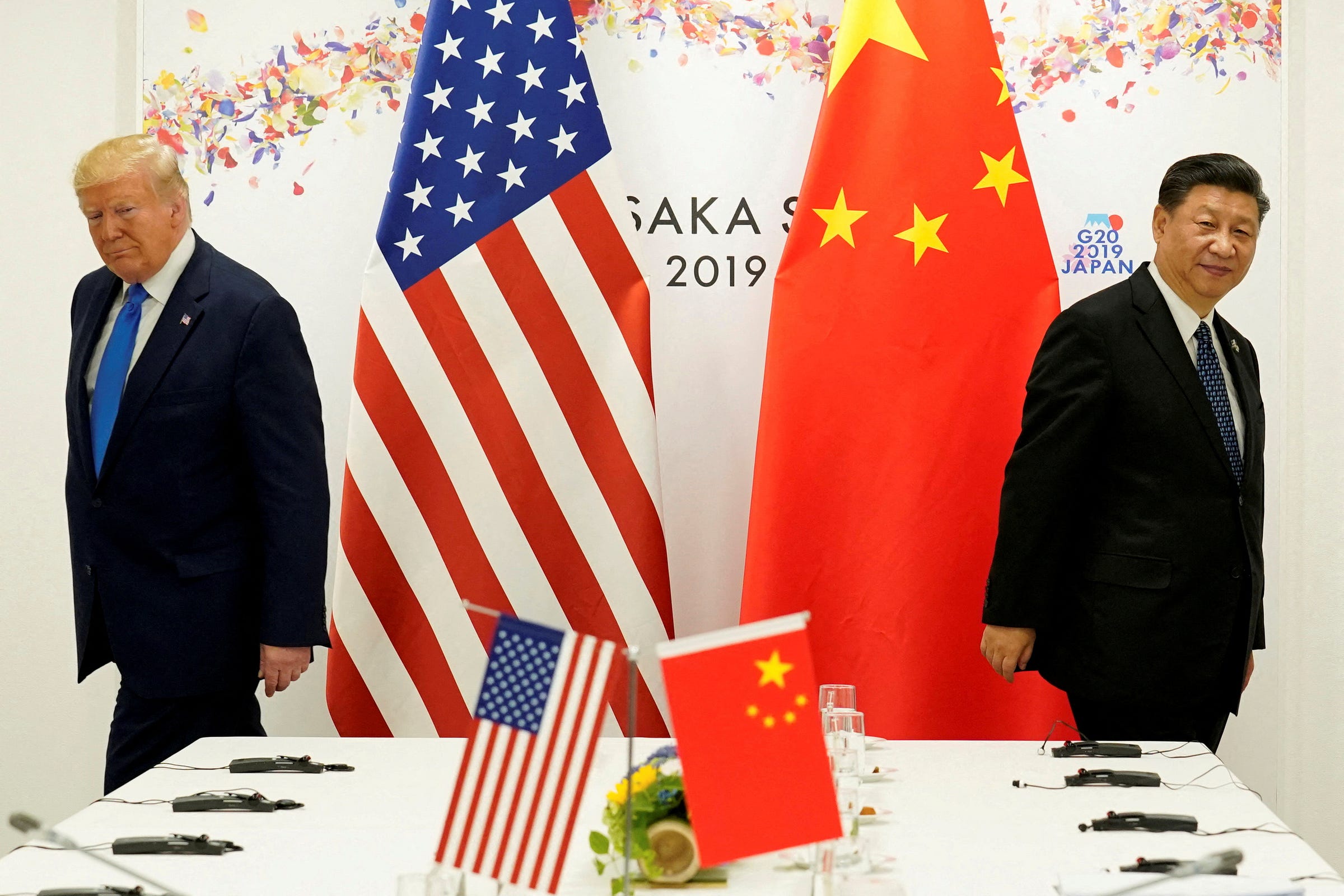

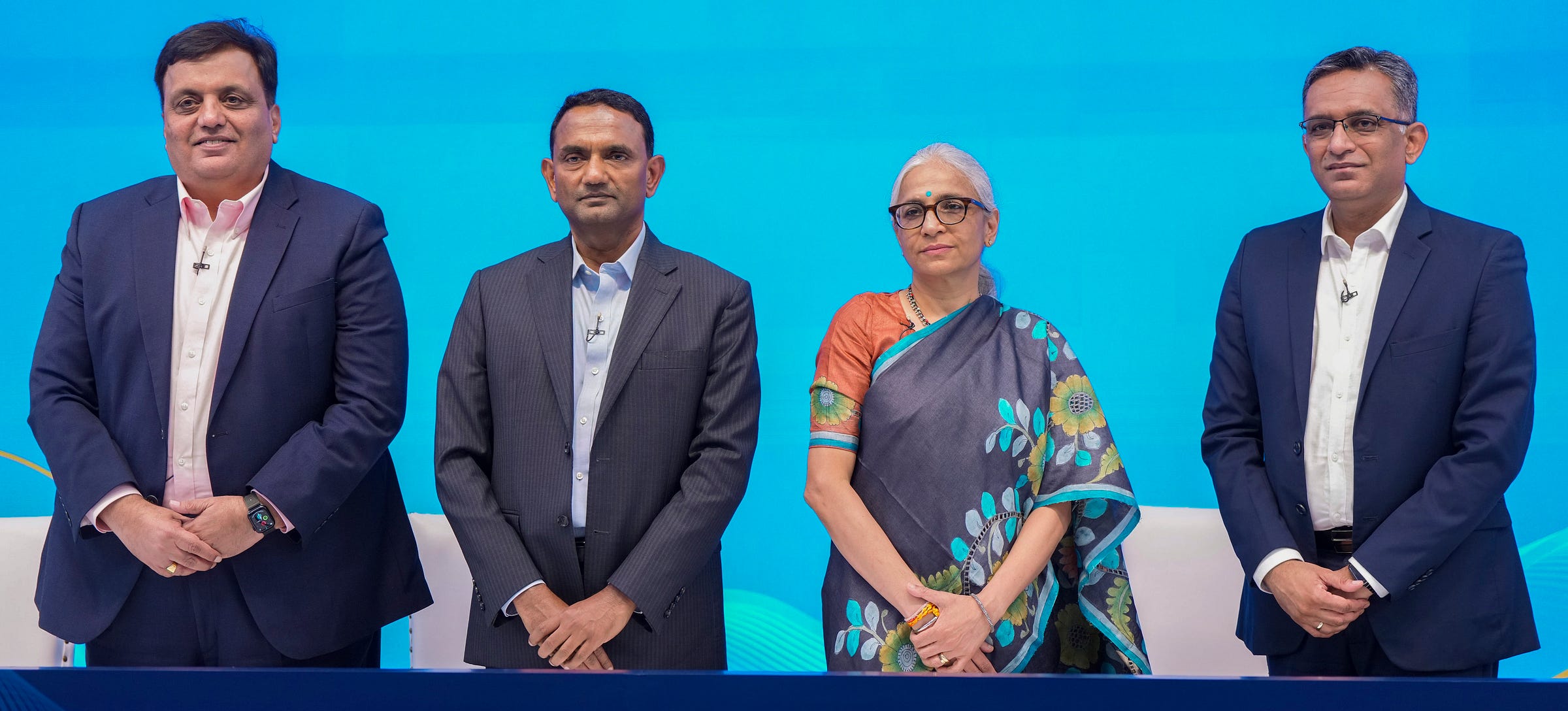

https://open.substack.com/pub/hamtechautomation/p/corporate-and-government-battle-for?utm_campaign=post&utm_medium=web